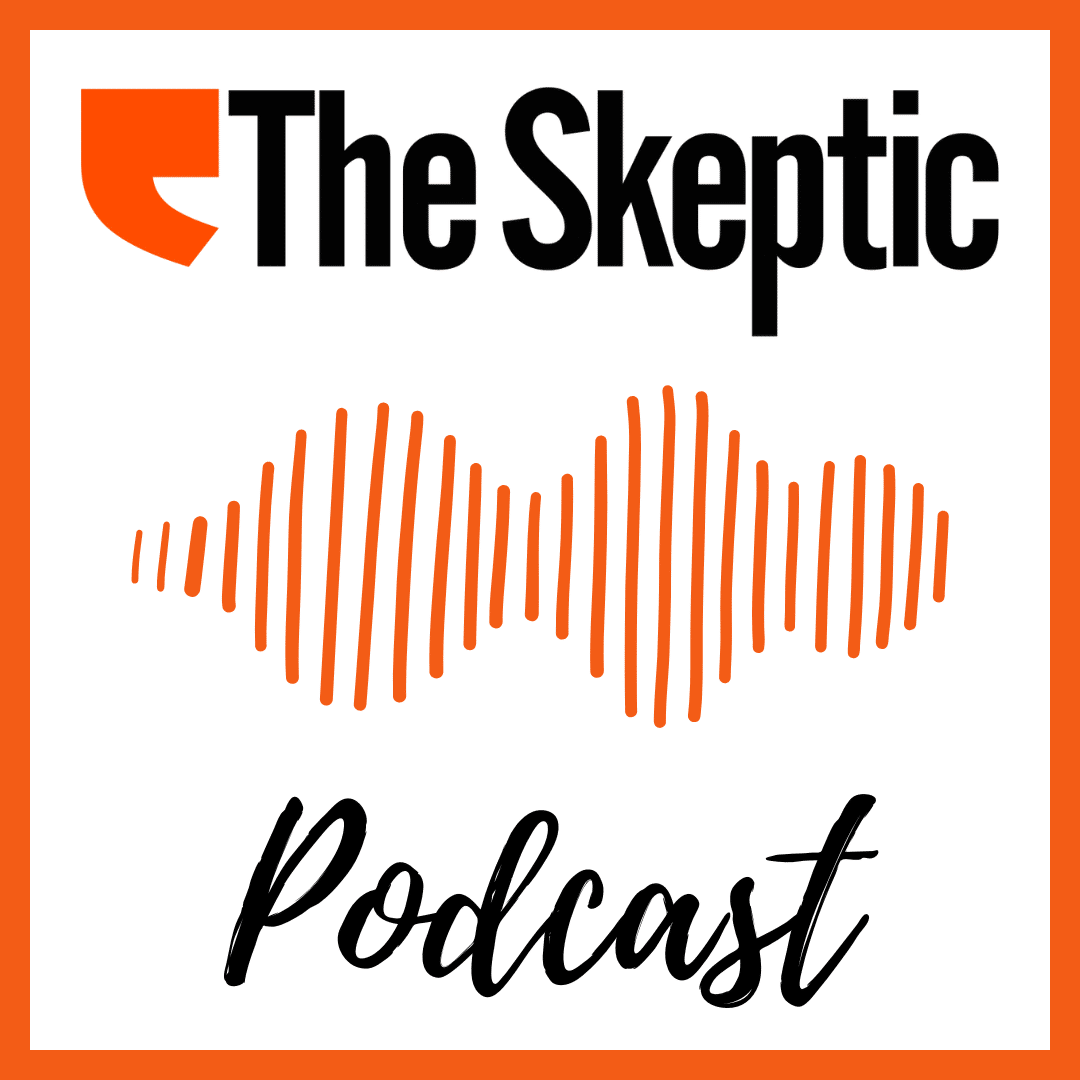Regular readers of The Skeptic may already be aware of the Satanic Panic that began in the USA in the 1980s and continues to find new adherents and variations right up to the present day. A new book by Rosie Waterhouse, Satanic Panic – A Modern Myth, shines a particular light on the spreading of the moral panic to the UK and internationally, and the utter lack of evidence that ritual Satanic abuse even exists at all.
Satanic ritual abuse, as Waterhouse succinctly puts it, is:
A belief in extreme sexual and physical abuse of children by organised networks and secret cults of devil worshipping Satanists, as part of their belief system, in bizarre black magic rituals which include the drinking of blood, eating of faeces, animal and human sacrifice and the impregnation of victims or the purpose of breeding babies for sacrifice.
Waterhouse recounts how she first came across the claims while working for the Independent on Sunday. The National Society for the Prevention of Cruelty to Children (NSPCC) announced in March 1990 that that “child protection workers were encountering a new and horrific form of child sexual abuse by cults.” Along with most of the rest of the press, Waterhouse’s initial coverage trusted and repeated the claims, and the supposed “evidence” that had been used in criminal cases and wardship hearings.
After digging further into the subject over the next five months at the behest of an editor – and reading this I wondered how many journalists are still given this kind of time to investigate stories in 2024 – Waterhouse realised how wrong she had been. She was able to reasonably conclude that Satanic abuse simply did not exist as described. Having looked at cases from around the world, no physical evidence for it had ever been provided. The nature of the claims can easily be found online and I won’t recount them in detail here, but this volume of murder, cannibalism, pregnancy, childbirth and other activities would seem highly likely to leave some trace.
Obviously an absence of evidence is not evidence of absence, but as Waterhouse says:
I encountered sceptics who were adamant that despite dozens of forensic police investigations across the US, in Canada, the Netherlands and the UK, no corroborating evidence had been found… No bodies, no bones, no covens, no underground tunnels, no animal carcasses, no bloodstains. Nothing. Just the occasional court case where the pretence of supernatural powers was used to obtain silence and submission.
Her resulting investigation was published that same year under the title “The Making of a Satanic Myth”, and became a widely recognised and referenced work. This book covers the people and beliefs that led to these extraordinary – and false – claims, which had severe consequences for children and families. Some such claims would be laughable if not for the devastating consequences: in one well-known case in Rochdale, twenty children were removed from their homes after one young child reported dreams of ghosts to teachers.
This book, which is based on Waterhouse’s PhD by prior publication, details the influence of evangelical Christians and credulous therapists in spreading the idea of ritual abuse and “Satanic indicators” of such activity, and the connected and controversial world of recovered and false memory, and multiple personalities. Waterhouse contextualises her work within the academic literature of psychology in these areas, as well academic literature in the fields of anomalistic psychology and moral panics, and the theory and practice of investigative journalism.
While some of the moral panic of the 1980s and 1990s has calmed down, this remains an important area for skeptics, journalists, social workers, and the wider public to understand, and ensure that there is no repeat of these horrendous miscarriages of justice.
Child abuse obviously exists, but belief in fictitious forms of it sadly still persists. Even today some UK police websites continue to list ritual Satanic abuse linked to cults as one of the motivations for the abuse of children.
While Waterhouse notes that few journalists believe in ritual Satanic abuse these days, such claims have grown beyond individually devastating accusations to form wider cultural movements in recent years, with QAnon and Pizzagate both springing from the same well of nonsense. A paper Waterhouse cites from 1989, presented at an FBI conference, has insight that remains relevant to this day:
Until hard evidence is obtained and corroborated, the American people should not be frightened into believing that babies are being bred and eaten, and that 50,000 missing children are being murdered in human sacrifices. Satanic and occult crime has become a growth industry; speaking fees, books, videos, prevention material, television and radio appearances.
As long as there’s money in spreading moral panics, they will continue. We must remain vigilant against such beliefs gaining any (further) traction in the mainstream, and this book is a useful reference for journalists, social workers, and indeed anyone curious about the spread of, and the lack of evidence base for, Satanic ritual abuse.
Satanic Panic: A Modern Myth, by Rosie Waterhouse, is available to buy now.



